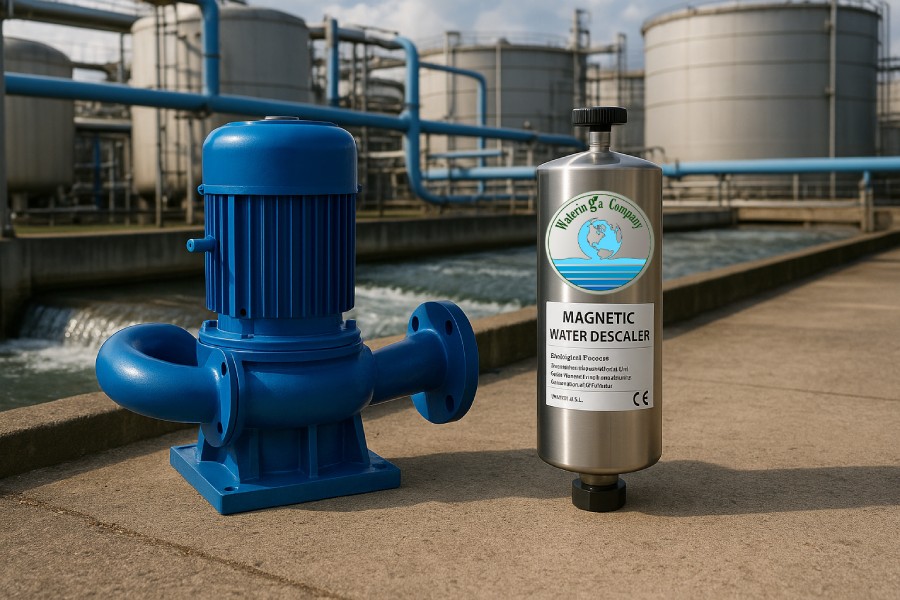Behind each incredible product is an earnest team who collaborate to innovate, refine, and enhance. Creating an irrigation system that will suit farmers, gardeners, and landscapers takes a tremendous amount of cooperation. From the engineers who work on creating effective components to researchers who study methods of water conservation, teamwork underlies every bit of improvement. This blog takes a look at how team meetings and interdisciplinary cooperation fuel product creation in the world of irrigation.
1. Research and Development: The Foundation of Innovation
Developing a reliable irrigation system starts with extensive research. Scientists, agronomists, and engineers study soil water behavior, weather conditions, and crop water needs. They analyze existing irrigation equipment to understand its strengths and weaknesses so that new equipment can inherit the best and discard inefficiencies. Cross-disciplinary sessions between research teams facilitate knowledge exchange to refine prototypes and try out new ideas prior to them being on the market.
2. Engineering Excellence: Designing for Performance and Durability
Once research decides on the basic principles of an irrigation system, engineers take charge of designing and building the product. Design sessions are focused on optimizing materials, enhancing water consumption, and applying intelligent technology. Engineers work in collaboration with researchers to create components that withstand harsh environmental conditions while being completely operational. Prototyping and rigorous testing are also critical stages to ensure the final product has the best quality available.
3. Customer Feedback Integration: Understanding User Needs
No product is complete until it has been molded by the people who use it. Customer input provides valuable insight into actual implementation, ongoing concerns, and areas for refinement. Regular team meetings include discussion of customer reviews, product test reports, and field trials. This collaborative approach ensures irrigation systems are continually refined to increasingly meet the needs of farmers, landscapers, and homeowners.
4. Sustainable Solutions: Addressing Water Conservation Challenges
As global water scarcity grows, sustainability becomes the focus in designing irrigation systems. Team meetings address how to reduce water wastage, increase efficiency, and integrate green materials. Engineers and researchers work together to design intelligent irrigation controllers, rainwater harvesting systems, and precision irrigation. As a sustainable focus, companies are able to offer irrigation solutions that complement environmental protection efforts.
5. Cross-Team Collaboration: Bringing Experts Together
Successful creation of irrigation systems involves the services of experts in many fields—engineers, researchers, marketers, and customer care representatives. Departmental meetings help fill gaps between departments to ensure the final product is technically sound as well as user-friendly. A harmonious team effort produces irrigation systems that are not just efficient but also support a vast number of users.
Conclusion
Behind each reliable irrigation system is a team of dedicated professionals working together to produce the best product possible. From design and research to sustainability and customer feedback, teamwork drives innovation. Clear communication between teams fosters cooperation, and by holding regular team meetings, products evolve and develop to meet emerging needs and environmental issues. Irrigation’s future depends on excellent teamwork, creative problem-solving, and a dedication to excellence.




